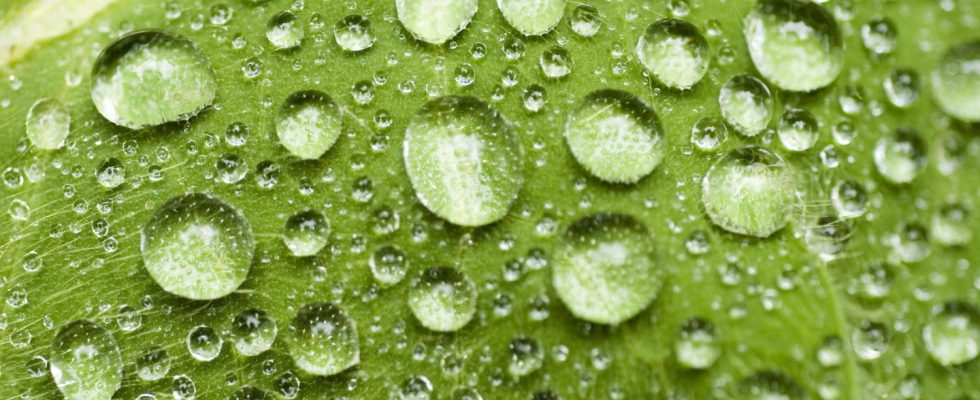Study reveals true function of water bubbles found in some plants after years of mistaken beliefs.
There remain many questions about the mysteries of nature to which man does not yet have answers. Although knowledge of the world and the environment is very developed today, certain details still resist logic or do not go beyond preconceived ideas. This is particularly the case for water bubbles that form on the exterior of certain resilient plants. These particles are known to scientists as epidermal bladder cells.
A new study was carried out on this subject by biological researchers from different countries (Netherlands, United States and Japan) and was published in the journal Current Biology in November 2023. These researchers wanted to verify the dominant hypothesis on the subject for almost a century according to which these drops of water allow the plants which generate them to protect themselves from drought and salt. To carry out this study, the scientists grew mutant versions of quinoa and ficoid glaciale, a leafy vegetable native to South Africa, on which water bubbles did not form.
The researchers came to a conclusion far removed from the belief surrounding these water bubbles. They have in fact determined that this watery formation on plants serves to protect them from diseases and parasites. Max Moog, a biologist at the University of Copenhagen, explains: “Whether we poured salt water on the mutant plants lacking bladder cells or exposed them to drought, their results were brilliant and against all expectations.” . An observation which was added to another observation during the research: the modified plants “were heavily infested with small insects, unlike the plants covered with bladder cells”.
The study also shows that when parasites tried to bite the plant, they were immediately affected by a toxic solution contained in the bladder cells. According to the researchers, the false hypothesis was able to persist for so long probably because of previous studies with inaccurate results based on similar plant species or on mechanisms close to that of epidermal bladder cells.
This study is of particular importance at a time when current climate change is encouraging agriculture to cultivate particularly resilient plants. Which is the case with quinoa, at the heart of this study which could contribute to improving the cultivation of this plant “rich in proteins and very tolerant to drought and salt, and therefore to climate change”, as explained by biologist Michael Palmgren from the University of Copenhagen.
